The Art of Storytelling in a Digital World
In a fast-paced digital landscape brimming with ads, promotions, and endless scrolls, how do you make your brand stand out? The answer lies in storytelling! The art of weaving narratives not only captures attention but also fosters genuine connections with your audience. So, let’s dive into the magic of storytelling and discover how it can elevate your digital marketing strategy!
Why Is Storytelling Important?
Storytelling isn’t just a nice-to-have; it’s a must-have in today’s marketing world. Here’s why it matters:
- Emotional Engagement: Humans are wired to respond to stories. A well-told narrative can evoke feelings, creating memorable experiences that stick with your audience long after they’ve interacted with your brand.
- Enhanced Recall: Studies show that people remember stories far better than facts or figures. When you share a compelling story, you’re more likely to stay top-of-mind.
- Building Trust: Authentic stories establish credibility. When your audience sees the real people behind your brand and the challenges you overcome, they feel a connection that fosters loyalty.
- Increased Engagement: Stories encourage sharing, commenting, and liking. When your content resonates emotionally, your audience is more likely to engage and spread the word.
How to Do It: Captivate, Connect, Convert
1. Captivate: Grab Their Attention
The first step in storytelling is to capture your audience’s attention. Here’s how:
- Start with a Hook: Begin with a captivating question, an intriguing fact, or a relatable scenario that piques curiosity.
- Visual Appeal: Use striking visuals or engaging videos to enhance your story. A picture is worth a thousand words!
- Create Suspense: Build anticipation by presenting a problem or challenge your audience can relate to. Keep them eager to find out how it unfolds.
2. Connect: Forge an Emotional Bond
Once you’ve captured attention, it’s time to connect on a deeper level:
- Relatable Characters: Introduce characters that your audience can identify with—this could be a customer, an employee, or even your brand itself.
- Authenticity: Share genuine experiences and challenges. Transparency resonates, helping your audience see the real you behind the brand.
- Emotional Hooks: Infuse your story with emotions—joy, fear, triumph—these feelings drive connection and engagement.
3. Convert: Inspire Action
The ultimate goal of storytelling in marketing is to drive action. Here’s how to do it:
- Clear Call to Action: End your story with a strong call to action. Whether it’s visiting your website, signing up for a newsletter, or making a purchase, guide your audience on what to do next.
- Showcase Benefits: Highlight how your product or service can solve the challenges presented in your story, making it clear why your audience should care.
- Follow Up: Engage with your audience after sharing your story. Ask for feedback, encourage them to share their own stories, and keep the conversation going.
Example: Nike’s Storytelling Mastery
One of the best examples of effective storytelling in marketing is Nike’s “Just Do It” campaign. Nike doesn’t just sell sportswear; they tell powerful stories of athletes overcoming adversity. Whether it’s a young runner with dreams of greatness or a seasoned athlete battling injury, Nike’s narratives resonate deeply. They capture attention, connect emotionally, and inspire action—encouraging viewers to embrace their own challenges and join the Nike community.
Your Story Awaits!
In a world saturated with noise, storytelling is your secret weapon. By captivating your audience, forging genuine connections, and inspiring action, you can elevate your digital marketing efforts to new heights.
So, what’s your story? Embrace the power of storytelling and watch your brand thrive in the digital landscape. The world is waiting to hear from you—let the storytelling adventure begin! 🚀





